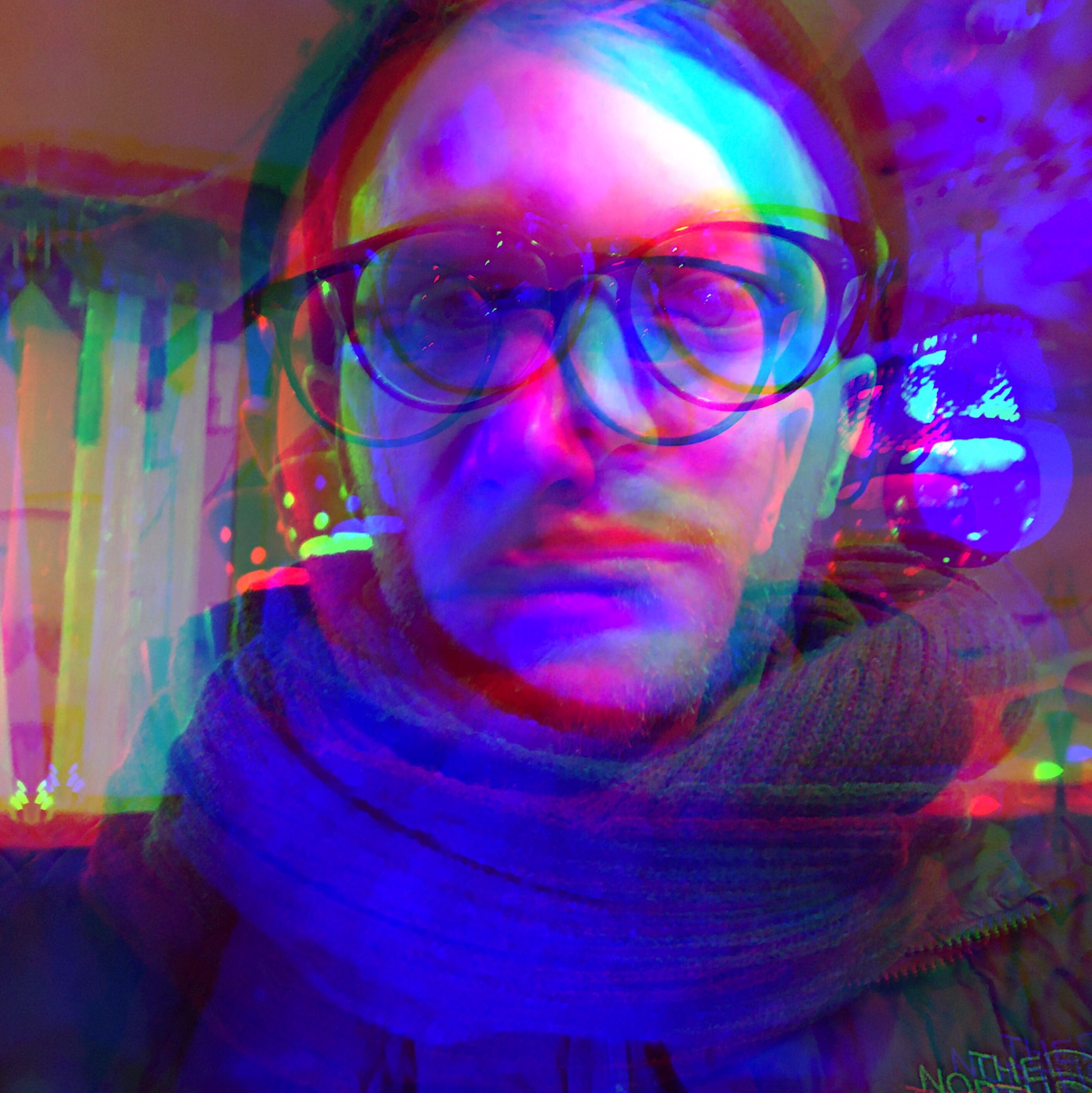Drawing and the production of images underpins nearly every effort made as an architect. It is the means by which architects not only describe a concept, but the internal manner in which a concept is initially formulated, and subsequently refined. The ability to think critically through drawing is not exclusive to Architecture, however it is undeniably essential to the broader goal of expressing a proposed thought or idea. Architecture’s reliance on images and drawing conceals a strange consent to the limitations of language. As intricate and expressive as language may be, it can often seem an inappropriate device for describing the subtle complexities inherent in a given concept. Thus, clarification necessitates an image, a nearly universally-accessible means by which those within, and more importantly apart from the discourse of Architecture can intuit the intentions of the architect. Given the requisite nature of the image as a measure of communication, the fundamental importance of drawing becomes clear. What follows is a brief description of a particular individual whose involvement in the discipline of Architecture helped to advance or elevate the tradition of visual communication, image-making, and drawing.
Leon Battista Alberti was born in 1404, in Genoa, Italy. Throughout his career, Alberti would involve himself in several fields of study, many of which would have substantial thematic overlap with each other. Among his preoccupations, Alberti was a painter, linguist, cryptographer, and of course, an architect. Alberti’s life coincided with the rise of Humanism, a scholarly and cultural movement which rejected the traditional model of education inherited from the Middle Ages, in favor of empirical observation. As was common for humanists, Alberti codified his theories in the form of several texts and treatises, from which modern scholars are able to discern the specifics of his views on a myriad of technical and philosophical topics. Alberti’s interest in Architecture was catalyzed in 1431, when he located to Rome to serve in the papal court. The capacity of his employment entitled him to unprecedented access to the many Roman ruins dispersed throughout the city. These experiences would serve to inaugurate his sensibility to the rational orders of antiquity, a visual thematic perceptible in nearly all off his later work.
Known to all classical and medieval builders, was the challenge of transcribing architectural documentation. As no technology existed which could create identical copies of a particular drawing, builders were relegated to painstakingly copying documents by hand. This protracted process carried with it, a significant risk for misinterpretation and error. Similar to the children’s game of telephone, a specific message stands a reasonable chance of being dependably relayed in only its first few repetitions. Particularly complex architectural drawings were even more precarious, as their intricacy almost certainly ensured misinterpretation. As an architect with an obsessive focus on accuracy and replicability, this problem was especially vexing to Alberti. Possibly as the result of his interest in mathematics, Alberti noted that documents consisting solely of letters and numbers stood a much greater chance of being reproduced correctly. This observation prompted Alberti to begin theorizing as to the ways in which architectural drawings could be created and shared through standardized notation. In the present moment, the obviousness of this concept seems self-evident, however the difficulty of the problem can be better understood by imagining the hopeless frustration one might feel at receiving non-scaled drawings from a consultant, in the form of gestural watercolor paintings.
In the years Alberti spent living in Rome, he created an exhaustive catalog of the city’s urban conditions. The inherent complexity of the resulting document represented an instance in which the potential for exact replication would be nearly impossible. Alberti sought to address this challenge by converting the map into a system of standardized notations. Rather than circulate the drawing in its conventionally anticipated form, Alberti published it as series of polar coordinates. It follows that the recipient of this document would be able to plot these coordinates on their own, subsequently reproducing the map with an unprecedented degree of fidelity to the original. This unconventional approach to disseminating architectural documentation had several advantages, notably its resilience to potential errors in the replication process (due to the aforementioned advantage of number-sets over illustrations). Secondly, in publishing the map in the form of numerical coordinates, recipients could conceivably reproduce the document at any scale they desired. Although one could contest the claim that Alberti had invented scaled drawings, he’s certainly responsible for devising the underlying computational methodology of reproducing architectural drawings at various scales. The value of this convention cannot be understated, as it is essentially the same process relied upon today.
Alberti would continue to apply this methodology of standardized notation to not only architectural drawings, but also three-dimensional objects, eventually developing a concise technique for accurately recording the proportions and physical characteristics of statues, for the purpose of near-exact duplication. Alberti’s attentive concern with creating a means of accurately replicating architectural documentation helped to establish the basis of communication upon which we rely today. One could be forgiven for overlooking the value of this mechanism, as a ubiquitous acceptance of standardized scale and notation is easily taken for granted. However, it’s worth acknowledging the fundamental role Alberti’s contributions played in advancing the accuracy of communication upon which Architecture presently operates.



